
A fusor is a device that uses an electric field to heat ions to a temperature in which they undergo nuclear fusion. The machine induces a potential difference between two metal cages, inside a vacuum. Positive ions fall down this voltage drop, building up speed. If they collide in the center, they can fuse. This is one kind of an inertial electrostatic confinement device – a branch of fusion research.

Johannes Hans Daniel Jensen was a German nuclear physicist. During World War II, he worked on the German nuclear energy project, known as the Uranium Club, where he contributed to the separation of uranium isotopes. After the war, Jensen was a professor at the University of Heidelberg. He was a visiting professor at the University of Wisconsin–Madison, the Institute for Advanced Study, University of California, Berkeley, Indiana University, and the California Institute of Technology.

Raymond Thayer Birge was an American physicist.
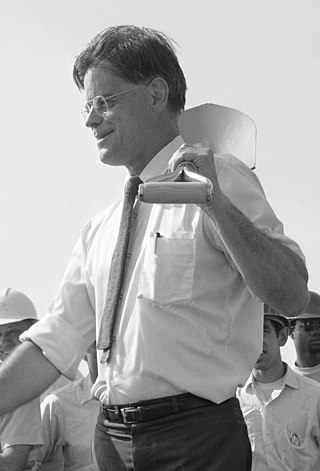
Robert Rathbun Wilson was an American physicist known for his work on the Manhattan Project during World War II, as a sculptor, and as an architect of the Fermi National Accelerator Laboratory (Fermilab), where he was the first director from 1967 to 1978.
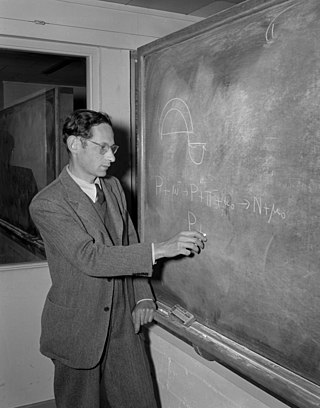
Robert Serber was an American physicist who participated in the Manhattan Project. Serber's lectures explaining the basic principles and goals of the project were printed and supplied to all incoming scientific staff, and became known as The Los Alamos Primer. The New York Times called him "the intellectual midwife at the birth of the atomic bomb."
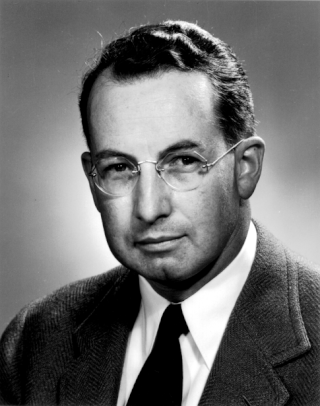
Robert Fox Bacher was an American nuclear physicist and one of the leaders of the Manhattan Project. Born in Loudonville, Ohio, Bacher obtained his undergraduate degree and doctorate from the University of Michigan, writing his 1930 doctoral thesis under the supervision of Samuel Goudsmit on the Zeeman effect of the hyperfine structure of atomic levels. After graduate work at the California Institute of Technology (Caltech) and the Massachusetts Institute of Technology (MIT), he accepted a job at Columbia University. In 1935 he accepted an offer from Hans Bethe to work with him at Cornell University in Ithaca, New York. It was there that Bacher collaborated with Bethe on his book Nuclear Physics. A: Stationary States of Nuclei (1936), the first of three books that would become known as the "Bethe Bible".
Oscar Sala, Italian-Brazilian nuclear physicist and important scientific leader, Emeritus Professor of the Institute of Physics, University of São Paulo.
Marcelo Damy de Sousa Santos was a Brazilian physicist.

A Pelletron is a type of electrostatic generator, structurally similar to a Van de Graaff generator. Pelletrons have been built in many sizes, from small units producing voltages up to 500 kilovolts (kV) and beam energies up to 1 megaelectronvolt (MeV) of kinetic energy, to the largest system, which has reached a DC voltage of over 25 megavolts and produced ion beams with energies over 900 MeV.

Wolfgang Kurt Hermann "Pief" Panofsky, was a German-American physicist who won many awards including the National Medal of Science.

David Henry Frisch was an American physicist who helped develop the atom bomb in World War II and later became active in the disarmament movement. He was also the husband of Rose Epstein Frisch.

Sir Ernest William Titterton was a British nuclear physicist.
Achim Richter is a German nuclear physicist. He became a professor at the Institute of Nuclear Physics at the Darmstadt University of Technology in 1974 and retired in September 2008. From 1 November 2008 to 31 October 2012 he was director of the European Centre for Theoretical Studies in Nuclear Physics and Related Areas (ECT*) in Trento, Italy. Since 1 November 2012, he has been professor again at the Institute for Nuclear Physics of TU Darmstadt.
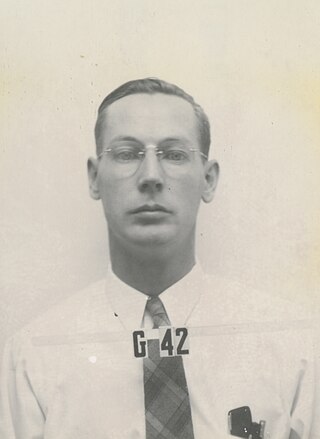
Donald William Kerst was an American physicist who worked on advanced particle accelerator concepts and plasma physics. He is most notable for his development of the betatron, a novel type of particle accelerator used to accelerate electrons.
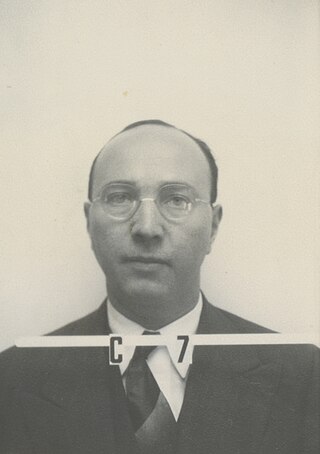
Joseph Oakland Hirschfelder was an American physicist who participated in the Manhattan Project and in the creation of the nuclear bomb.

Milton Stanley Livingston was an American accelerator physicist, co-inventor of the cyclotron with Ernest Lawrence, and co-discoverer with Ernest Courant and Hartland Snyder of the strong focusing principle, which allowed development of modern large-scale particle accelerators. He built cyclotrons at the University of California, Cornell University and the Massachusetts Institute of Technology. During World War II, he served in the operations research group at the Office of Naval Research.
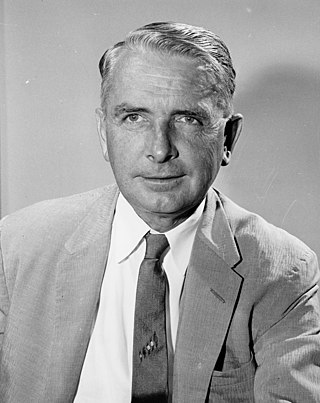
John Harry Williams was a Canadian-American physicist. He was a professor of physics at the University of Minnesota. During World War II he worked on the Manhattan Project. He was a researcher at the Atomic Energy Commission and in 1959 he was appointed Atomic Energy Commissioner.

George Thomas Reynolds was an American physicist best known for his accomplishments in particle physics, biophysics and environmental science.

Edward Creutz was an American physicist who worked on the Manhattan Project at the Metallurgical Laboratory and the Los Alamos Laboratory during World War II. After the war he became a professor of physics at the Carnegie Institute of Technology. He was Vice President of Research at General Atomics from 1955 to 1970. He published over 65 papers on botany, physics, mathematics, metallurgy and science policy, and held 18 patents relating to nuclear energy.















